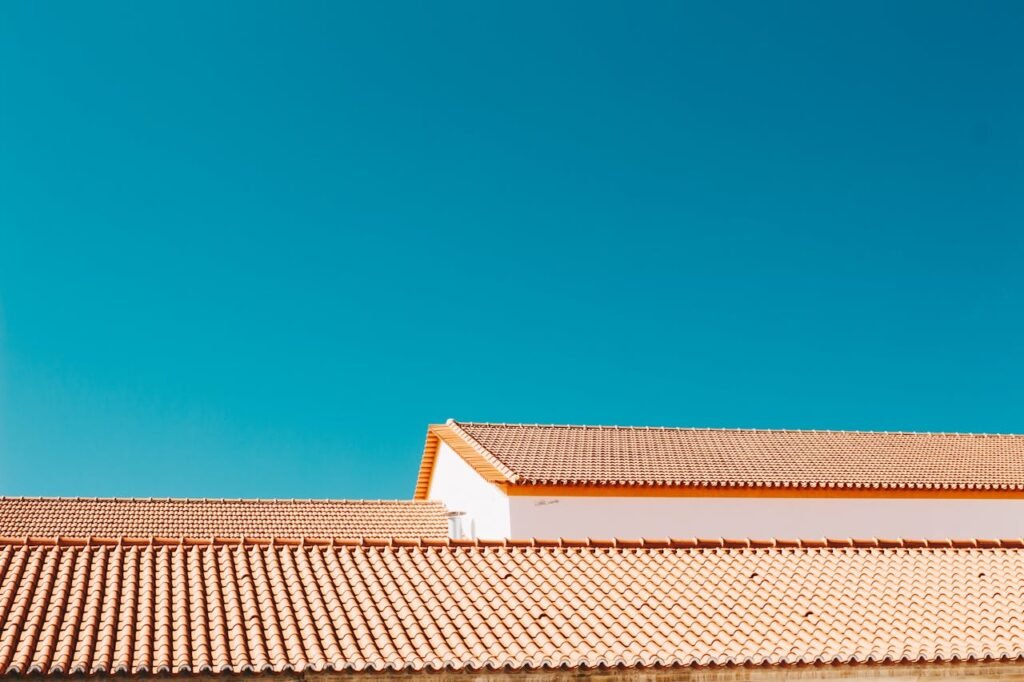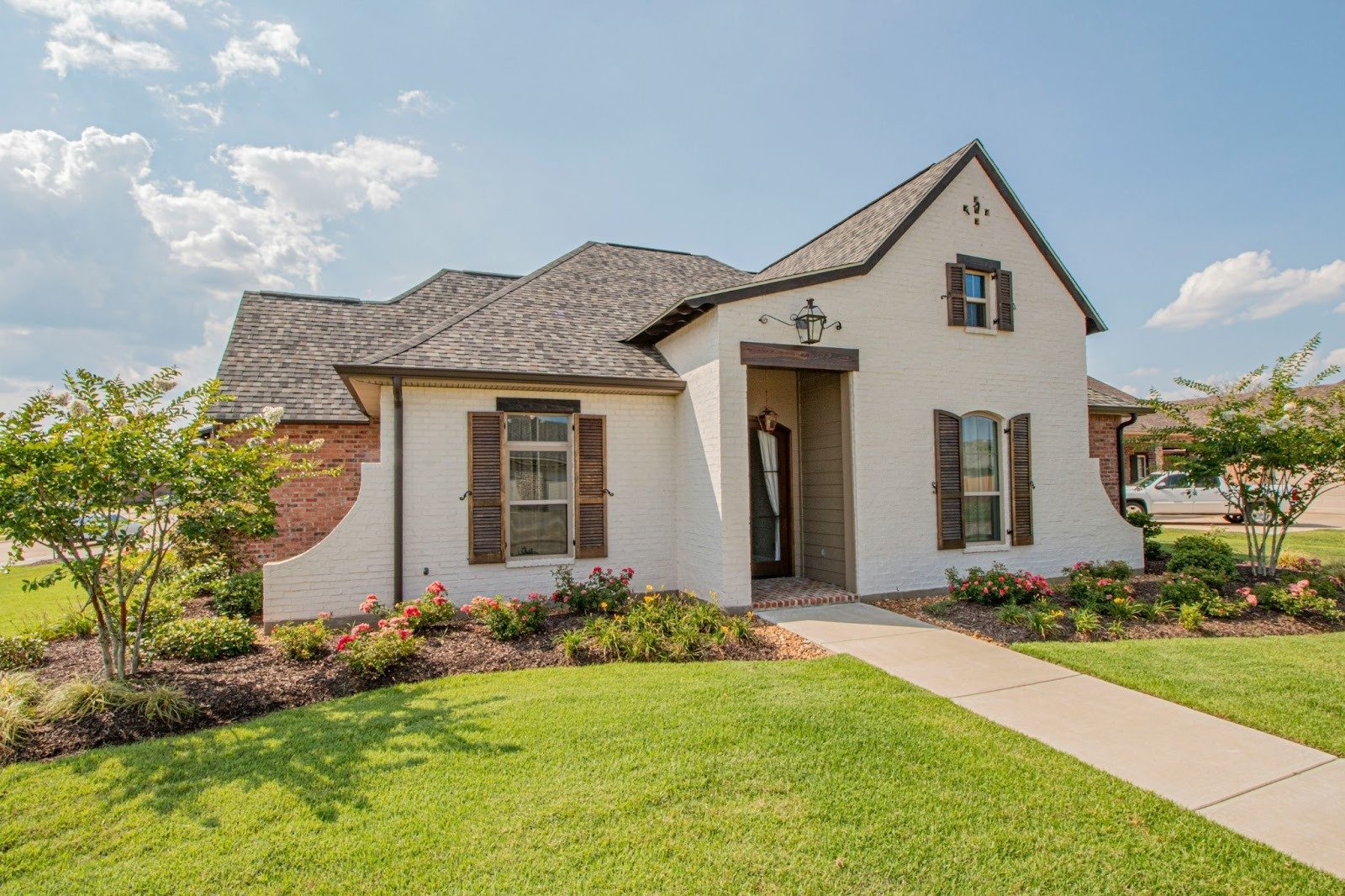Replacing a roof is a major project, especially for homeowners in Pittsburgh, where the climate brings both heavy snow in winter and thunderstorms in warmer months. Your roof does more than top off your house—it protects everything inside. Choosing when and how to replace it can be a big decision that affects your home’s value, safety, and energy efficiency. In Pittsburgh, where homes range from classic brick colonials to sleek, modern townhouses, roofing needs vary just as much. If you’re preparing to tackle a roofing project, it’s critical to understand your options, prepare adequately, and work with the right professionals.
1. Signs You Need a Roof Replacement
You shouldn’t wait for a leak to decide it’s time for a new roof. Shingles that curl or buckle, missing granules, and dark patches often point to damage. Water stains on ceilings or mold growth in the attic mean your roof may no longer be watertight. Check for sagging areas and excessive moss. Even if the damage isn’t visible, a roof over 20 years old may no longer perform well. Rather than patching repeatedly, a full replacement gives peace of mind. When in doubt, get a professional inspection to confirm what’s best for your home.
2. Understanding the Local Roofing Landscape
Roofing in Pittsburgh brings its own set of challenges. Harsh winters, freeze-thaw cycles, and high humidity demand materials that can withstand constant changes. Asphalt shingles remain popular because they balance cost and durability, but metal and slate options also perform well in this region. Many homeowners seek advice from professionals offering roof installation in Pittsburgh to ensure their choices align with local building codes and weather demands. These contractors also understand neighborhood aesthetics and HOA rules, which helps avoid disputes. Choosing a roofer who knows the city’s specific roofing trends gives you an edge in quality and long-term performance.
3. Choosing the Right Roofing Material
Roofing material impacts everything from home value to energy bills. Asphalt shingles remain the most affordable and widely used, with a lifespan of 20–30 years. Metal roofing offers higher durability, reflects sunlight, and often lasts 50 years or more. Slate and tile options, while costly, provide unparalleled longevity and a high-end look. Wood shakes add rustic charm but require more maintenance. Your home’s architectural style, your climate, and your budget all influence this decision. Make sure you weigh long-term costs, including upkeep and potential savings on energy, before committing to a roofing material.
4. Budgeting for a Roof Replacement
Replacing a roof isn’t cheap, but cutting corners leads to bigger issues later. Costs vary widely depending on material, size, pitch, and whether structural repairs are needed. A basic asphalt roof may cost several thousand dollars, while a metal or slate roof can cost much more. Factor in labor, disposal fees, permits, and potential surprises like rotten decking. Always get at least three estimates and understand what each includes. Many contractors offer financing or payment plans to ease the burden. Budget for unexpected expenses—roofing jobs often uncover hidden damage once the old materials come off.
5. Timing Matters: When Should You Replace?
While roofing can happen year-round, some seasons make the job easier and safer. Spring and early summer offer mild temperatures and lower humidity, which help materials seal properly. Fall can also work well, but booking may be tougher as contractors fill their schedules. Winter installations risk delays and compromised results due to snow or freezing temperatures. Also, consider your own timeline—are you planning to sell soon? Then acting sooner makes sense. Don’t wait until you have an emergency. Planning ahead gives you time to gather quotes, compare contractors, and choose the right time to move forward.
6. What to Expect During the Installation Process
Roof replacement involves more than just hammering down shingles. The process begins with tearing off the old roofing materials, which can be noisy and messy. Crews bring dumpsters for debris and place tarps to protect landscaping. Then, they inspect the roof deck for any hidden damage before installing underlayment for waterproofing. After that, they lay down the new material, whether it’s asphalt, metal, or another type. The entire job can take one to five days, depending on roof size and weather. Knowing what’s coming helps you prepare—especially if you work from home or have pets sensitive to noise.
7. How to Choose the Right Roofing Contractor
Your choice of contractor makes or breaks the success of your roof replacement. Look for professionals with local experience, valid licenses, and full insurance coverage. Read reviews, ask neighbors for recommendations, and request references. A reliable contractor won’t rush you; they’ll answer questions, provide a written estimate, and explain every step. Avoid anyone who demands full payment upfront or offers suspiciously low pricing. Also, ensure they offer a solid warranty—both for materials and workmanship. Investing time in finding the right roofer pays off in smoother communication, fewer problems, and better results that last for years.
8. Warranty and Insurance Considerations
Before signing a contract, understand what your roof warranty covers. There are typically two parts: the manufacturer’s warranty for materials and the contractor’s warranty for labor. Some material warranties last 25 years or longer, but they may not apply if the roof was installed improperly. Ask your contractor if they’re certified by the manufacturer—they can often offer extended coverage. Also, check with your homeowner’s insurance. It may cover roof damage from storms or accidents, but not from age or neglect. Reviewing these details upfront can save you from future frustrations and unexpected expenses.
Replacing your roof may seem like a daunting task, but with the right approach, it becomes a smart investment in your home’s future. Knowing when to act, choosing materials wisely, hiring experienced professionals, and understanding warranties give you a strong foundation for success. Especially in weather-prone regions like Pittsburgh, taking these steps ensures your roof holds up to the elements and protects your home for decades. By avoiding common mistakes and committing to regular upkeep, you’ll extend the life of your new roof and maintain the value and comfort of your home for years to come.







